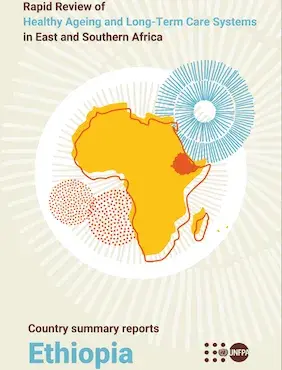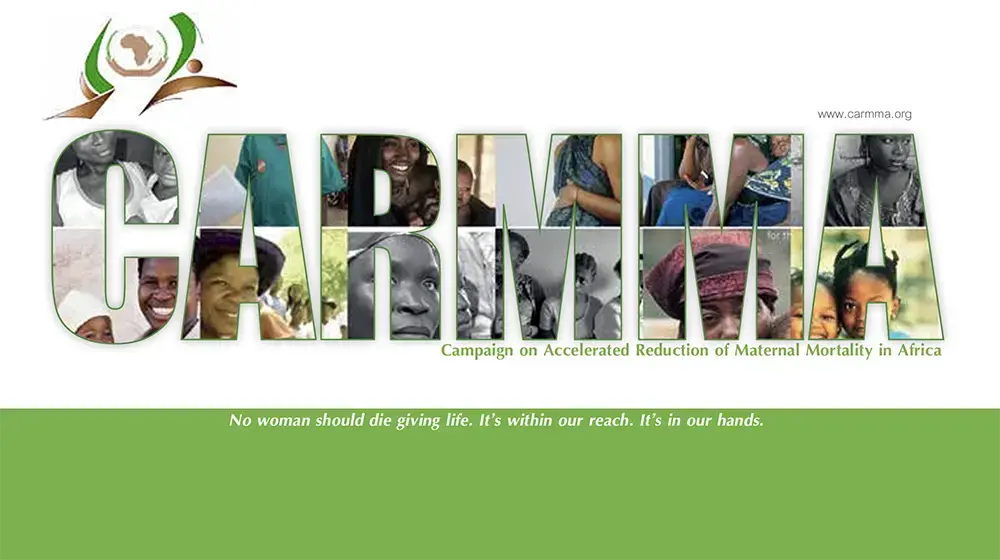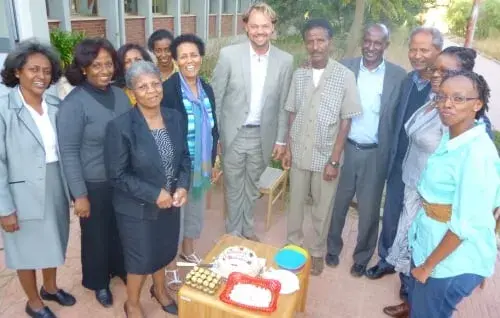Ethiopia is the largest country in East and Southern Africa (ESA) in terms of population size, with a total projected population of almost 115 million in 2020 (United Nations Department of Economic and Social Affairs, 2019). Of this population, approximately 5.3 per cent or around 6.1 million people are over the age of 60 years, making it the country in ESA with the largest population of older people. In-line with demographic trends elsewhere in the region, this proportion is projected to rise to 9.1 per cent by 2050.
Ethiopia is particularly prone to natural and manmade shocks and stresses that affect households, infrastructure and system resilience. Presently, severe drought and ongoing conflict in Northern Ethiopia are causing significant disruption and displacement in the country, with food, water, basic services, and medical supplies being severely limited. Older people are particularly vulnerable in humanitarian settings, and Ethiopia provides a good example of the need to specifically address the needs of older persons in this type of context.
This report provides an overview of population ageing and health trends in Ethiopia, and assesses the readiness and responsiveness of health, social welfare and long-term care systems to ageing and the needs of older people in the country. It assesses the state of frameworks and structures in place to support healthy ageing and provides a set of recommendations to inform policy development and strategic interventions going forward.





